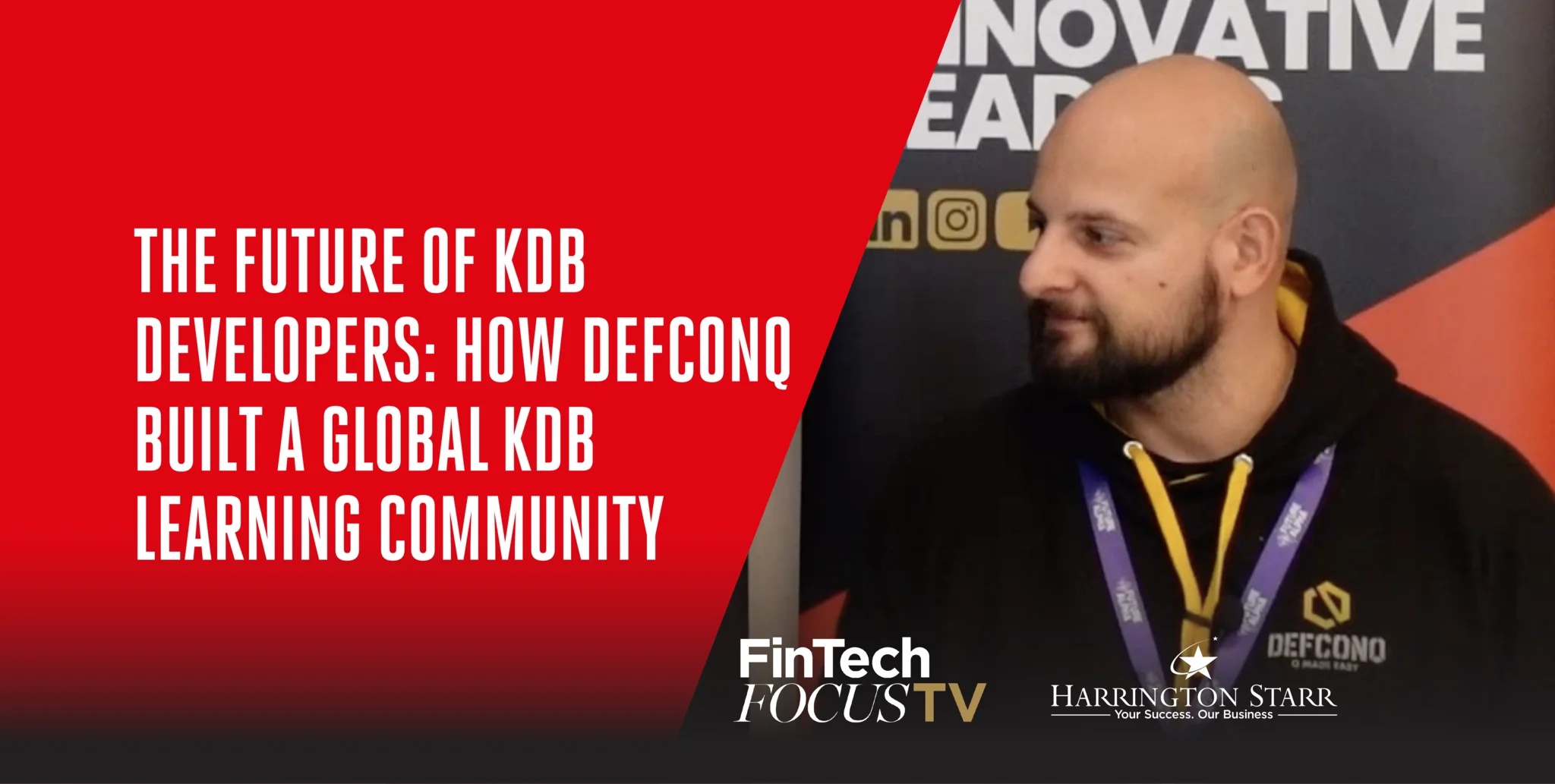Telling a FinTech CEO that their business isn't worth what they think is hard. Almost like telling them that their child is ugly. And yet, 2023 will be a year where new realities are going to bite and there will be real days of reckoning ahead. That said, there is still so much that legacy technology and old business models are failing to address in our industry. Technical debt Is still the biggest impediment to true business agility. So, with so much opportunity out there, how will 2023 turn out for FinTechs and what can be learned from 2022?
First, let’s address the elephant in the room. 2021 and 2022 saw some funding deals at truly eye watering valuations and at multiples that seemed almost unreal. This was possible because incredibly low interest rates had meant that the cost of money was almost zero and so FinTech investing looked a one way bet. Investor sentiment towards PE and away from public markets also meant that significant sums of dry powder accumulated that PE firms were struggling to deploy (especially during the uncertainties of The Pandemic). Now these same firms are having to work much harder to raise new funds and the axis of their investment strategies has shifted. First and foremost is a clear and well game tested route to profitability and, second, is a clear track record of success. Third is a much more thought through plan in terms of use of proceeds.
Nevertheless, deals are still getting done and will continue to do so but at more sensible valuations and for businesses that can demonstrate that they are well on the way to creating distinct, defensible IP that an identified set (or sets) of customers clearly need.
Meanwhile, what is the correct strategy for a new FinTech in 2023? I come across many firms in my travels and am often inspired by the technology I get shown. When I ask about their GTM (Go to Market) strategy then the temperature usually cools. To be successful in 2023 Fintechs need laser guided precision in terms of which customer segment(s) they are going after and why. All too often websites for FinTech firms end up being incredibly bland as they seek to spread the net as wide as possible in terms of attracting business. It may seem counterintuitive, but investment firms would rather see solid, repeatable revenues created from hard to imitate IP than a smorgasbord of different deals that will never scale.
GTM strategy then needs to be underpinned by a coherent marcomms plan. It’s sad how many FinTech CEOs think they are “doing marketing” by splashing stuff out on LinkedIn. For some firms LinkedIn has become an end in itself with executives blatting out more and more material of lower and lower quality. Sure, LinkedIn is useful - but think of it as the chum Roy Scheider throws over the back of the boat in the movie Jaws - random at best.
Having a solid GTM strategy makes it easy to create the different buying personas, their buyer journeys and to find out who and where these people are. This then allows for powerful ABM (Account Based Marketing) to take place whereby highly targeted, engaging content is delivered in a multi-dimensional format to these people in a highly coordinated way.
And this approach works. One of my clients, Glue42, has grown revenues 400% since the beginning of 2022 and 2023 looks like being a stellar year too. Their story is especially compelling as it always had the best technology in it space but it wasn't until it developed a clear GTM strategy that it has overtaken its rivals.
But of course, the best strategy in the world is no good without the human resources to execute on it. Many firms successfully raise series A or B funds and then realise that they need an order of magnitude rethink in terms of building a coordinated client engagement team. This needs to comprise a CRO, new business folks, account managers, biz dev, client success officers and marcomms support. Too many Fintechs fail because they adopt a “follow the rolodex road” approach where business strategy is replaced by a random walk through their salespeople’s old haunts and contacts.
Two last lessons for Fintechs in 2023 - First remember the old adage “my enemy’s enemy is my friend”. This is especially true for firms that have “point” solutions that may solve a piece of the overall puzzle but still need to be embedded in the customer’s overall workflow. Forming partnerships with any firm that can help you embed and integrate your product with the status quo is a great way to see the revenue dial spin faster in the right direction.
And, finally, 2023 may well be the year that the incumbents in financial markets really start to innovate more. Especially in the payments and digital banking space. This is because rising interest rates mean that the old guard will be making more money and second, crucially, they have the customers. Firms like valantic FSA Transaction Automation is making great strides helping traditional banks leapfrog their digital challengers.
Every year brings a new set of opportunities and challenges to the Fintech community and 2023 will be no exception. But, as always, the firms that can demonstrate real focus and quality IP stand the greatest chances of success.
You can read Steve's article and further industry insights in the latest edition of The Financial Technologist. Download your free copy here.
FinTech- what can be learned from 2022 and what's to come in 2023? | The Financial Technologist
16 May, 20235 MinutesTelling a FinTech CEO that their business isn't worth what they think is hard. Almost like t...






